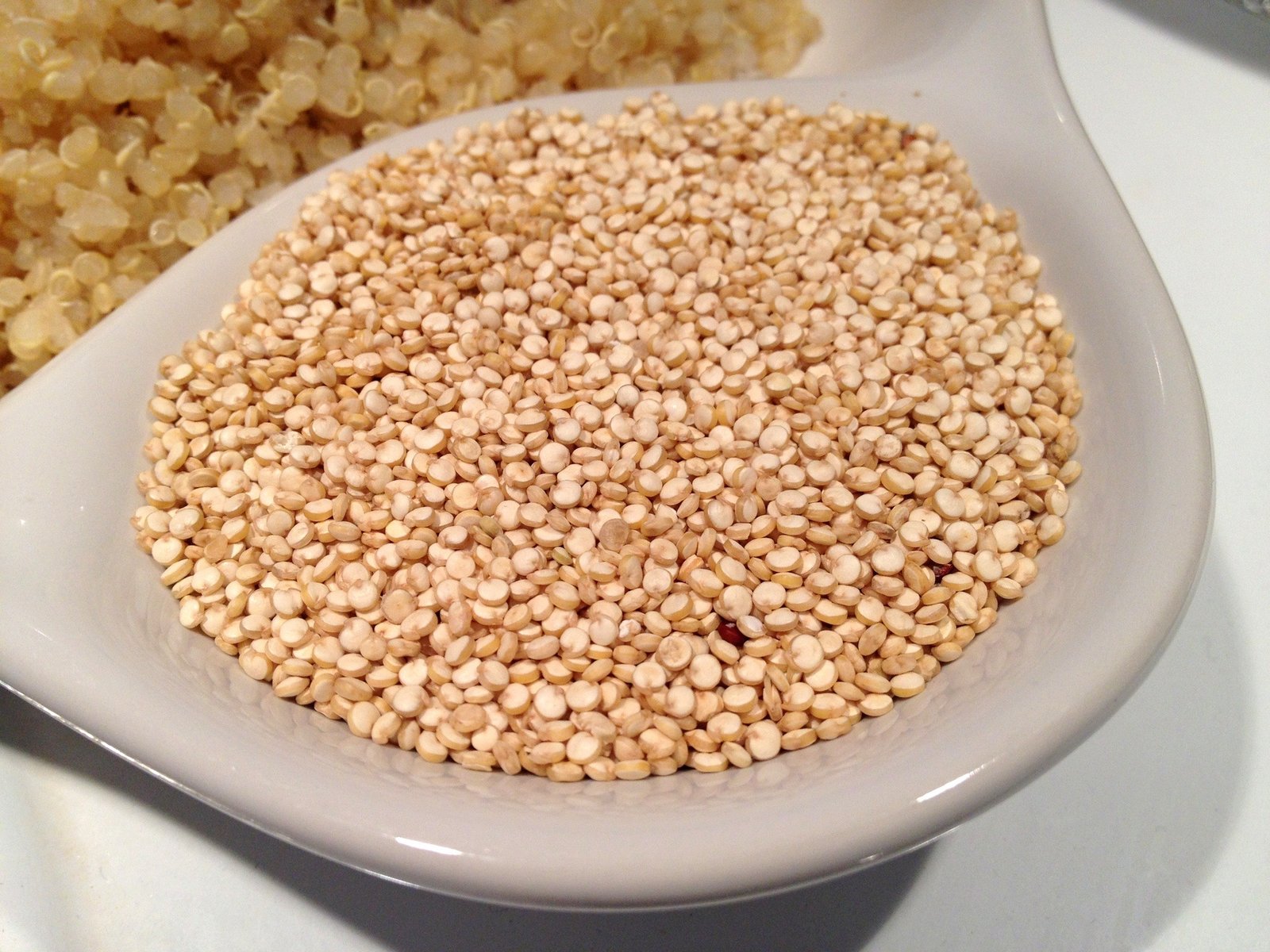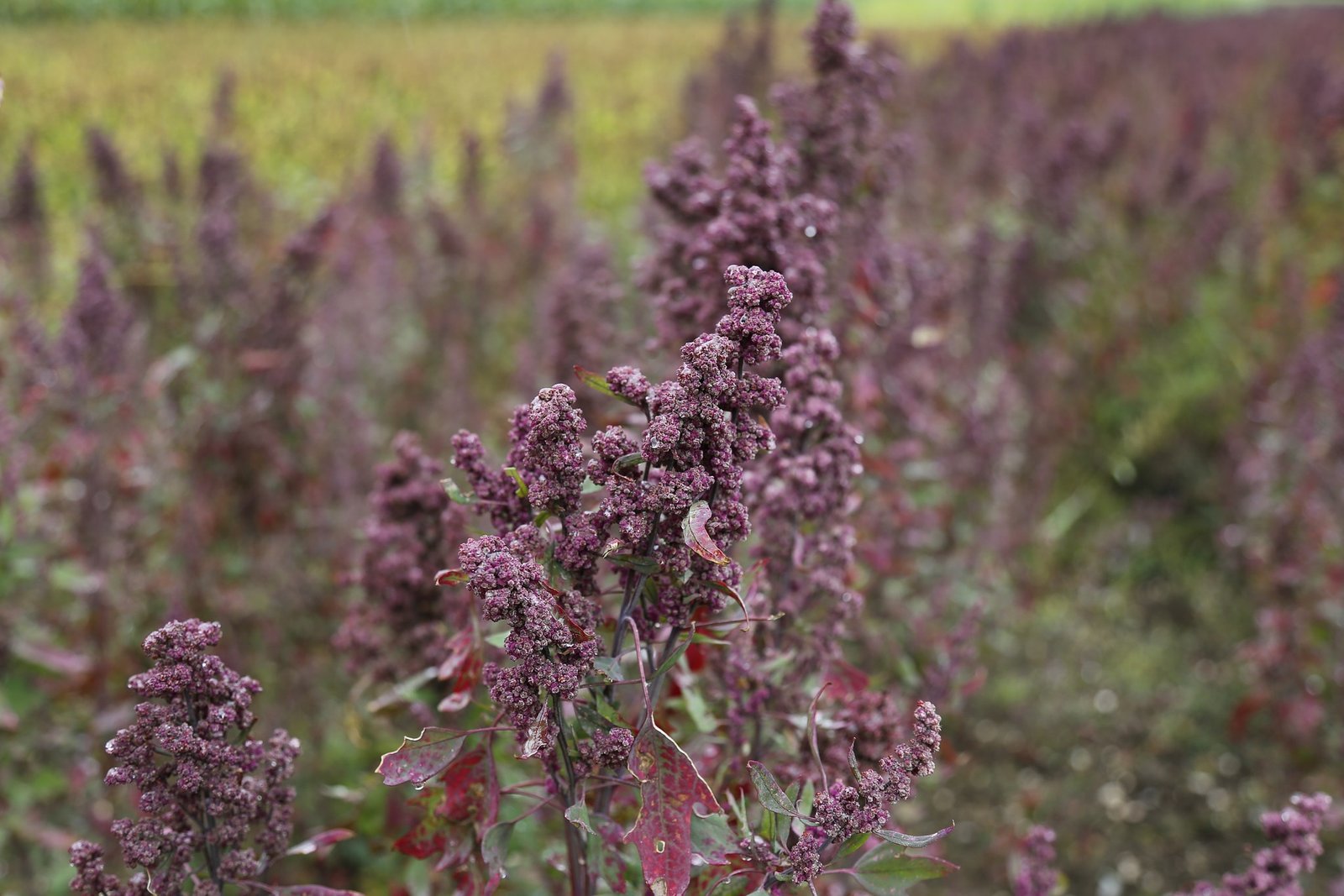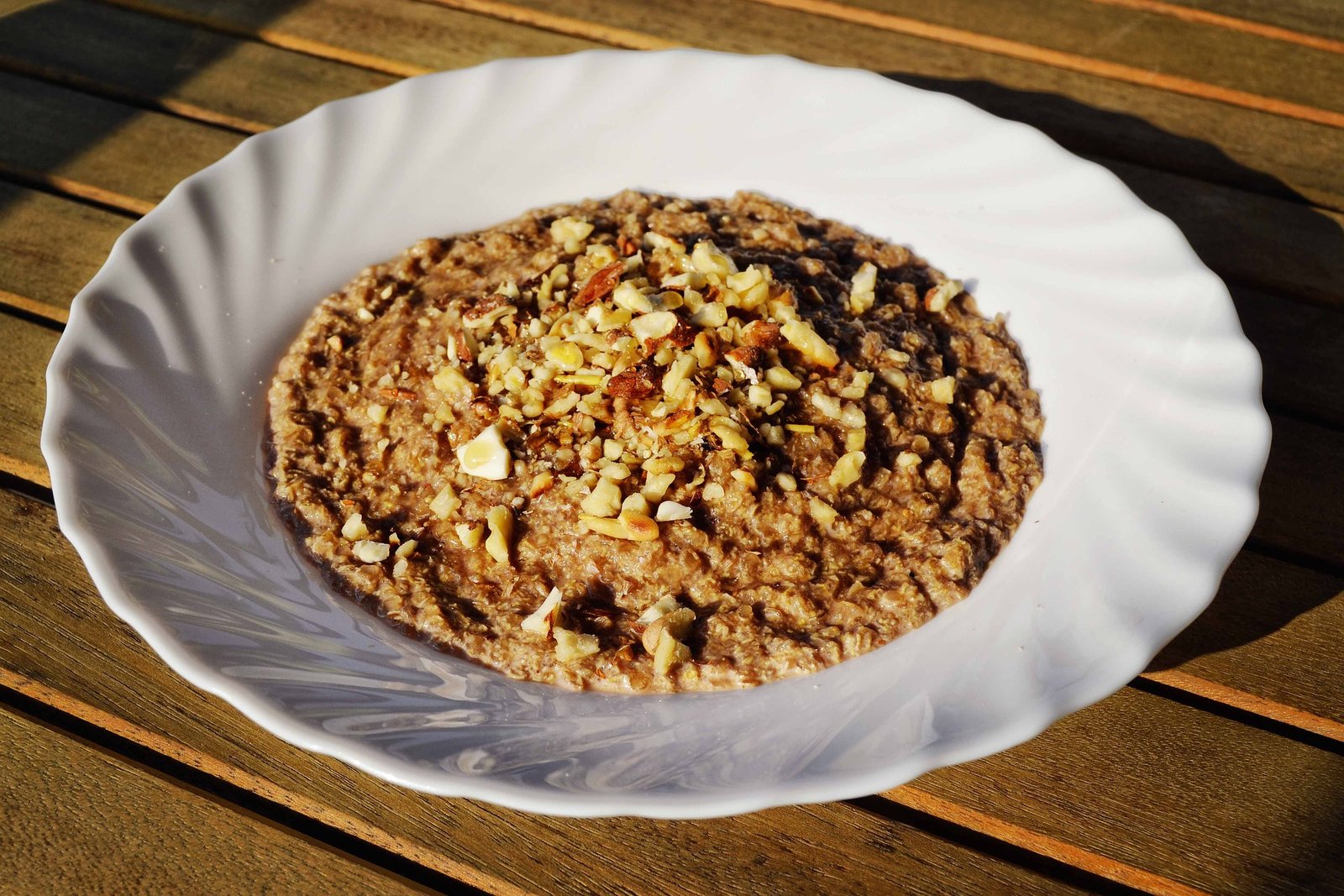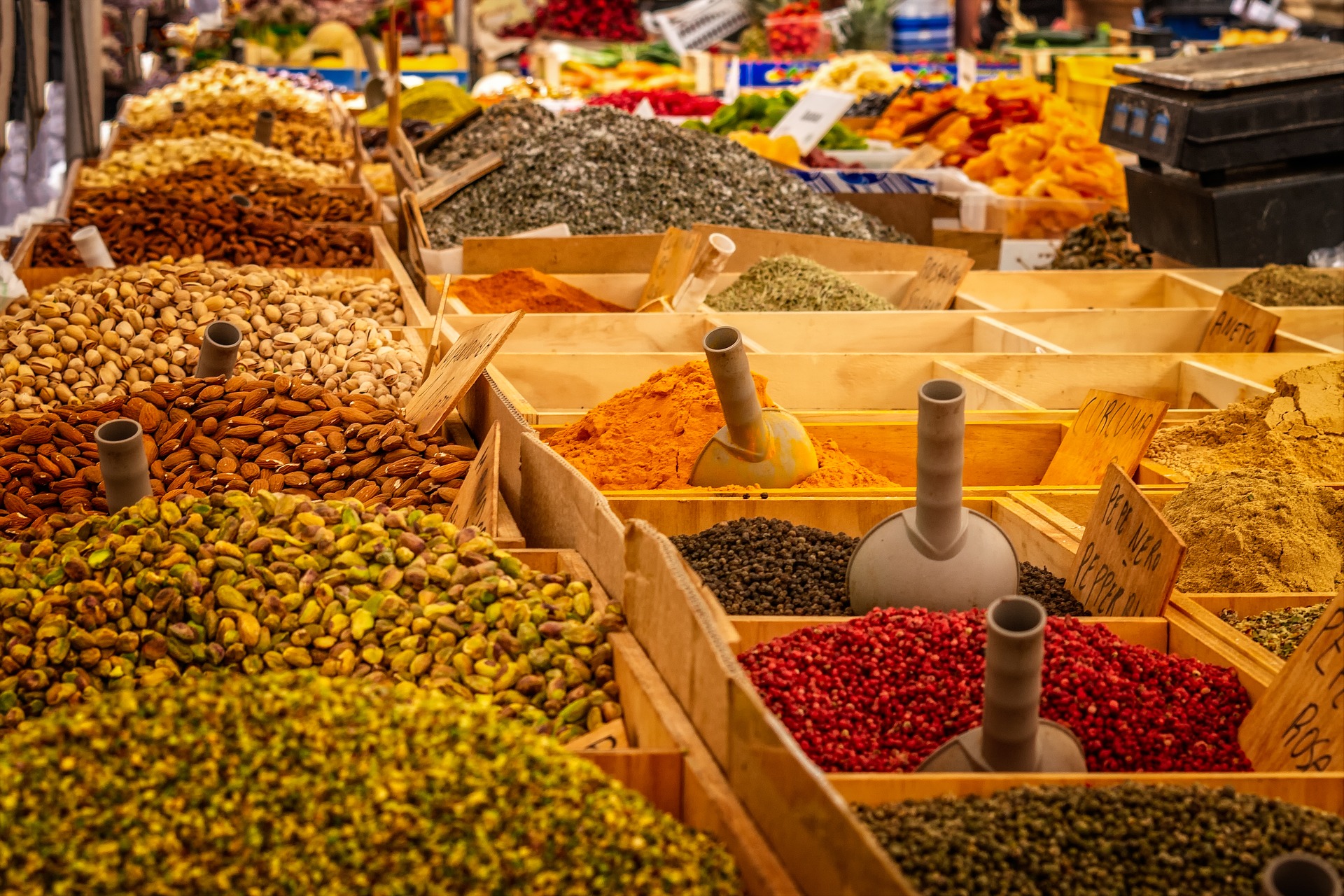
5 Things You Didn’t Know About Quinoa
Quinoa’s health benefits have created its growing reputation as a superfood.
Whether you are a long-time fan or have recently joined the movement, here are a few things about this ancient grain that you probably didn’t know, courtesy of leading quinoa supplier Ancient Harvest.

Where does quinoa come from?
Quinoa originated more than 3000 years ago in the Andean regions of Bolivia, Peru, and Colombia, where it can withstand the cool temperatures that occur at altitudes as high as 13,000 feet. It was a sacred seed in the ancient Inca civilization and part of the daily diet of the region for centuries. Every year at planting time, the Inca emperor traditionally used a solid gold planting stick to plant the first seed. The Andean region still produces the vast majority of the quinoa sold around the world and is virtually the only source for organic quinoa, but today quinoa is also grown in locations ranging from the mountains of Colorado to Canada, Europe, and Australia.
How is quinoa grown?
The quinoa we eat is actually the seeds of the quinoa plant, an annual plant in the amaranth family. It can not only grow in cooler weather but is also drought-tolerant and can withstand high levels of salt in the soil as well as frost and winds. It is harvested when the plant flowers and the green leaves fall off, leaving only the seed heads on the stalks. Harvesting is a laborious process that has traditionally been done manually and must be precisely timed to ensure that the seeds remain whole. The stalks and seeds are then dried before processing.

Why is quinoa considered a superfood?
Quinoa’s main claim to fame is that it is one of the few plant sources that contain all nine essential amino acids, making it a complete protein, but that’s not its only nutritional benefit. One cup of quinoa delivers more than 10% of the recommended daily allowance of B1, B2, and B6; 10-20% of the RDA for folate, copper, iron, and zinc; and 20% or more of the RDA for manganese, magnesium, and phosphorus. It’s also gluten-free, high in fiber, and has a low glycemic index that supports people who need to watch their blood glucose.

What is the role of the saponin that coats quinoa seeds?
Saponin is known for its bitter taste, but that’s exactly what makes it quinoa’s natural defense mechanism against birds and bugs. It is essentially a protective layer that enables the quinoa to grow without interference. It also has functional value as an ingredient in detergent (it gets its name from the soapy lather it creates when mixed with water) and as an antiseptic for skin injuries, but it’s not palatable as a food. Some commercial quinoa, including Ancient Harvest’s, is washed and rinsed prior to bagging to remove the saponin. Brands that aren’t pre-washed need to be rinsed before cooking.
When and how did quinoa arrive in the United States?
Ancient Harvest founders Stephen Gorad & Don McKinley were the first to bring quinoa to the U.S. market over 36 years ago. It all started when Gorad was vacationing in South America. While in a market in La Paz, Bolivia, he saw a woman selling quinoa out of a sack. He asked what it was and ended up buying a kilo of it from her. He was eating a macrobiotic diet at the time, so he often looked for unusual or unique grains and was intrigued at the texture and taste when he cooked it. Gorad and McKinley formed relationships with local farmers, provided funds to build roads and other infrastructure, and began importing the product to sell at boutique supermarkets, health food stores and eventually major retailers as quinoa’s popularity spread. Today Ancient Harvest still sources its Royal Quinoa from Bolivia, offering an heirloom seed that has not changed since the Incas cultivated it.

How is quinoa eaten in the Andes?
One of the most popular quinoa dishes in Bolivia and Peru is Presque de Quinoa, pudding-like comfort food made with milk, garlic, cheese, and potatoes. It’s served as a main dish, a side dish, and in some cases as a thick stand-a-spoon-in-it soup. It’s like a risotto made with quinoa instead of rice, a great substitute for mashed potatoes, and just what the doctor ordered for feel-good food.
How has it been Americanized?
In the U.S., quinoa is used everywhere from breakfast (breakfast bars, bowls, granola) to dessert (quinoa brownies and puddings). It’s a rice substitute in stir-fries, stuffed peppers and more. It’s used to make veggie burgers, crusts for frittatas and tarts, and many other ways. It recently became available in the first-ever heat-and-eat microwaveable form from Ancient Harvest. And that’s not all. The country is so quinoa-crazy that today there are companies that make quinoa crackers, chips, pasta, puffs, and even chocolate-covered quinoa as well as (are you ready?) facial creams and cleansers. It’s a superfood in every sense of the word, and arguably the most super of them all.








